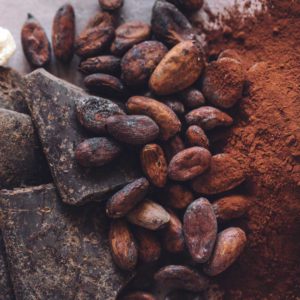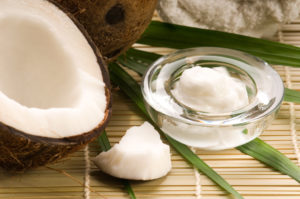The first mentions of these spices are found in Sanskrit texts written more than three thousand years ago, and the birthplace of pepper is considered to be the Malabar coast. Some historians give an even more precise indication of the birthplace of the hot spice — the town of Cocchi. Previously, these areas were called Malikhabar, which means “land of pepper”. It is known that pepper was exported from India, but the history of its distribution around the world is still a mystery.
One of the first evidences of pepper trade between India and Egypt is pepper found in the nostrils of the mummy of Ramses the Great (1303-1213 BC). The next mentions of peppers date back to the era of Ancient Rome, where three thousand kilograms of pepper were one of the conditions for freeing Rome from the siege of the Visigoths.
It is hard to imagine, but even six centuries ago, Europe did not know this wonderful spice, and when it found out, it valued it so highly that, it seems, there was no crime that was not committed in those days for the sake of pepper. They were paid, as if with gold, it was forged, for precious peas, it happened, and they were killed. For the sake of pepper, palace coups and great geographical discoveries took place in order to find a convenient and safe way to transport it from distant India.
In 1497, the Portuguese king Manuel blessed Vasco da Gama to search for a sea route to India in order to find “Christians and spices”. By the end of the 15th century AD, the Portuguese captured the spice trade at a high price. Voyages were fraught with great danger, and during their glorious century of rule, nearly 30% of Portuguese merchant ships were lost. However, from 1500-1600, the amount of pepper imported from Malihabar to Portugal amounted to approximately 2 million kg per year. To avoid the growth of competitors, travelers and merchants created legends about fire-breathing dragons and poisonous snakes that guard pepper and that had to be defeated in order to possess the cherished spice.
Now the fruits of the tropical pepper vine (Piper nigrum) of the pepper family are known all over the world. Each inflorescence-brush of this creeper carries up to fifty fruit-peas, which consist of a pericarp shell and a core. By changing the time of harvesting the fruits and the methods of their processing, four types of pepper are obtained: black, white, green and red. All these types of pepper, of course, differ in taste and have different aromas. Black pepper is sharp, with a forest aroma, white pepper is milder, and the taste of green pepper can be called refreshing.
Black pepper peas
In Sanskrit black pepper is called Marich. This is one of the names of the Sun, and black pepper got this name due to the huge amount of solar energy concentrated in it. That is why all Indo-Aryan systems of medicine use pepper in their elixirs.
Did you know that the daily diet of many yogis consists only of seven grains of black pepper taken with a glass of warm water. How is this possible? The fact is that black pepper encourages the body to introduce nutrients already in the body into a new cycle, so that the ascetic’s body does not need new food.
- Black pepper is an excellent natural antioxidant, improves the body’s ability to break down various harmful substances.
- Frequent consumption of food, which uses a significant amount of this seasoning, allows you to get rid of excess weight, because pepper accelerates the process splitting of fat cells.
- Due to the high content of piperine in the seasoning, it is recommended for people with vitiligo.
- Black pepper peas are also useful for asthma, throat diseases, hemorrhoids, indigestion, sciatica, fever, bladder infections and as a tonic.
- Pepper is considered a spice that increases sexual desire.
Be that as it may, today black pepper is available and a common spice, to obtain which unripe, just beginning to turn red fruits of the plant are used, which are scalded with boiling water and then dried in the sun. The skin of this fruit turns brown and shrinks, determining the usual dark brown (black) color of this pepper.
The taste of black pepper is sharp, sharp, irritates the mucous membranes of the esophagus, mouth and nose, and therefore promotes appetite and better assimilation of food. The active substance that determines the sharpness of the taste of round pepper is piperine. Under the influence of piperine, beta-endorphins and serotonin are released in the human body — hormones of joy, another property of which is the pain-relieving effect.
Black pepper is in all respects a universal seasoning that can be added to any desired dishes or drinks. The recommended daily dose is no more than 4 mg.
What is interesting: in ancient times, a thousand peas of black spice were used to weigh goods. Its weight in this quantity is exactly 460 mg
In the next article, we will introduce you to the “relatives” of black pepper – its red, white and green sister-peas.
Докладніше про цей текст оригіналуЩоб дізнатися більше про переклад, введіть текст оригіналу
Надіслати відгук
Бічні панелі









